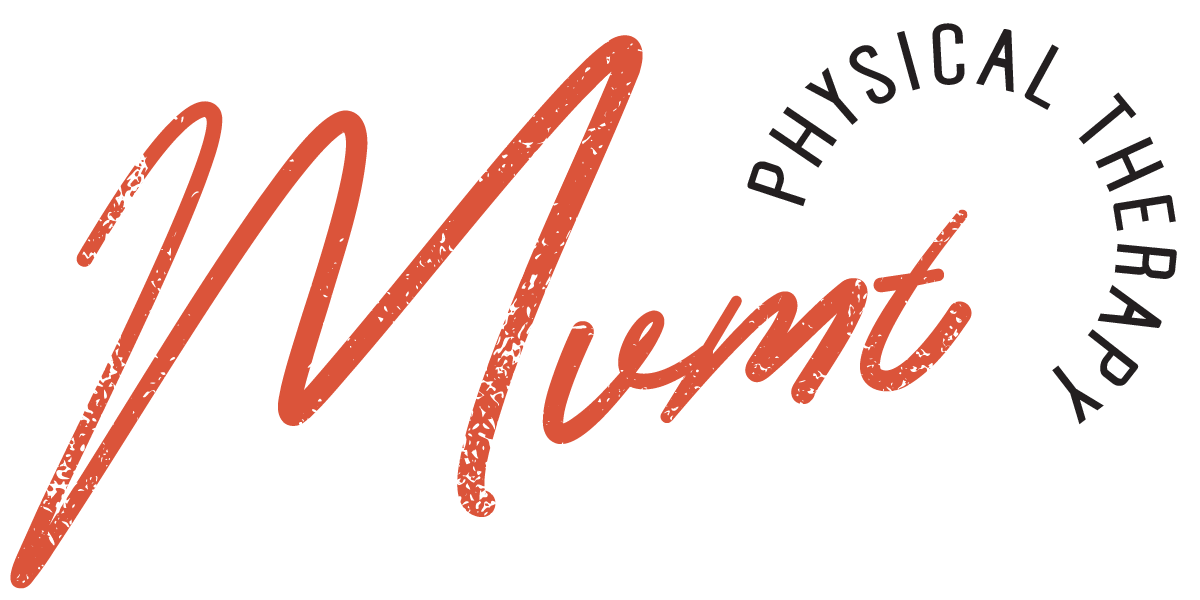Author - Anastasia Belikov, PT, Cert. MDT
Graduated with her DPT in 2017
https://www.linkedin.com/in/anastasia-belikov-pt24/
URL Copied!
The Role of the Big Toe
IN THE KNOW
Friday, May 19, 2023
The hallux, better known as the big toe, is an anatomical feature that we often overlook despite its crucial function in our daily activities. Its importance becomes even more pronounced in specific activities that require a high degree of balance, strength, and agility, such as running, jumping, and dancing. This article will explore the role of the hallux in these activities and highlight why it's so integral to our movement.
Hallux and Running
The human foot is a marvel of engineering, perfectly designed to bear weight, absorb shock, and propel us forward. Among its many components, the hallux plays a key role, especially in running.
When we run, the foot's biomechanics go through a cycle known as the gait cycle, consisting of two main phases - stance and swing. During the latter part of the stance phase, the hallux becomes the last point of contact with the ground, providing the final push that propels us forward. This is called the 'toe-off' phase. The power and stability of this push significantly influence running efficiency and speed. Therefore, the hallux's strength and flexibility are paramount in running. An impaired, painful, or weak big toe could disrupt running mechanics, leading to decreased performance and potentially contributing to injuries.
Hallux and Jumping
When it comes to jumping, the hallux is once again a critical player. Similar to running, the action of jumping also involves a strong toe-off phase. The hallux helps to generate the necessary force to lift the body off the ground. Moreover, the hallux contributes significantly to landing, an often overlooked aspect of jumping. It helps absorb the impact and provides stability upon landing, reducing the risk of toppling over or sustaining an injury.
Hallux and Dancing
Dance, particularly ballet, places an even more pronounced emphasis on the hallux. Dancers frequently stand, spin, and jump on the tips of their toes, requiring exceptional strength, balance, and flexibility from the hallux. In ballet, the hallux carries much of the body's weight during 'en pointe' dancing (dancing on the tips of the toes). A strong, flexible hallux enables the dancer to maintain this position, execute complex moves, and minimize the risk of injury. In other dance styles, like tap or jazz, the hallux is used for intricate footwork, quick direction changes, and maintaining balance during lifts or spins.
Taking Care of the Big Toe
Given the vital role of the hallux in running, jumping, and dancing, it's essential to keep it healthy and strong. Regular exercises can increase its flexibility and strength, such as toe yoga, resistance band exercises, and specific foot drills. Additionally, choosing appropriate footwear, particularly for activities like running and dancing, can prevent excessive stress on the hallux and reduce the risk of injury. Moreover, any pain or discomfort in the hallux should not be ignored, particularly if you're active in running, jumping, or dancing. Seek professional help from a podiatrist or physiotherapist to ensure proper care and treatment, if necessary.
The hallux is much more than just a big toe; it's a key player in our mobility, enabling us to run, jump, and dance. By understanding its role and importance, we can better appreciate our body's incredible biomechanics and make more informed decisions to keep our feet - and our hallux - healthy and strong.



